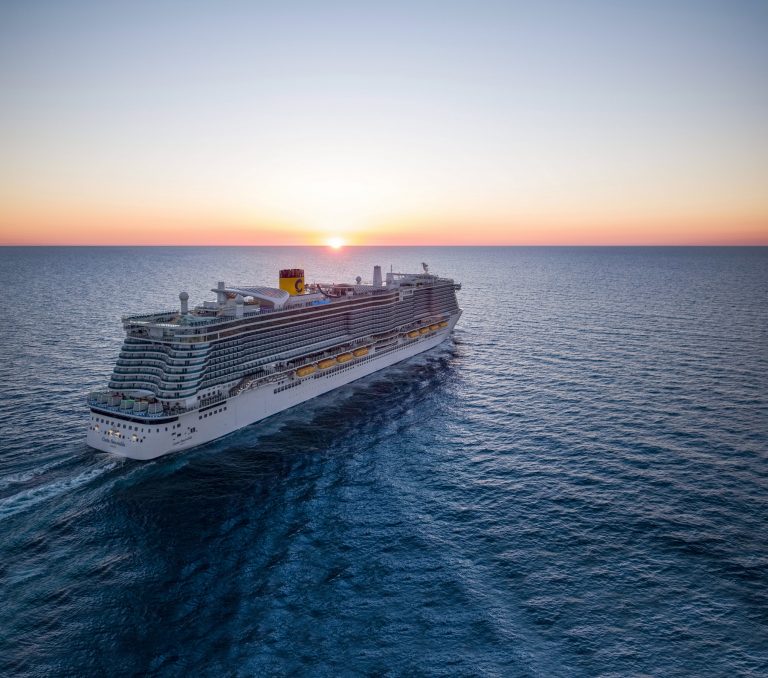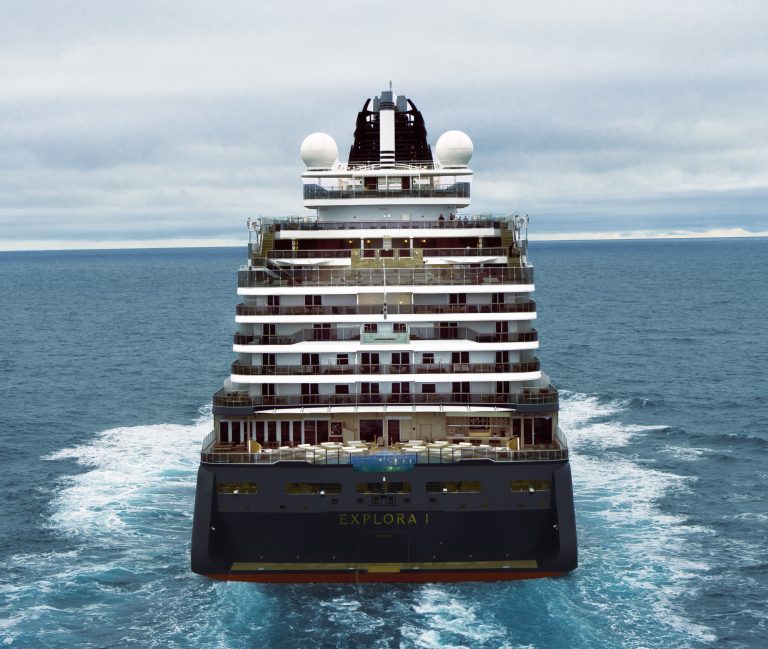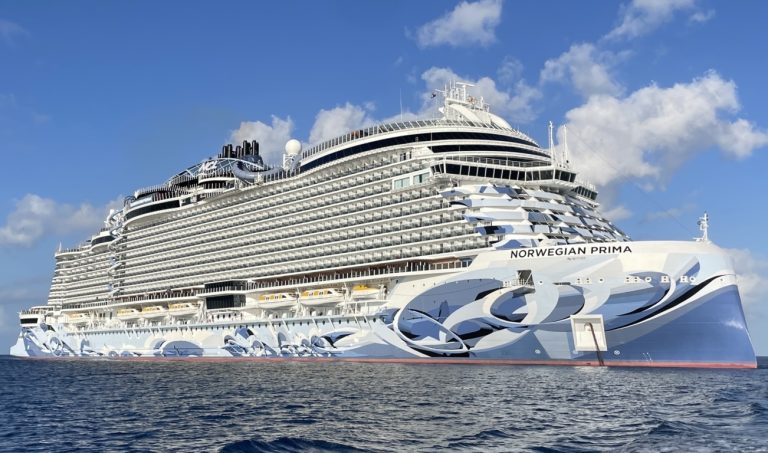CLIA: Industry Progress in the Ecological Transition
CLIA, the Cruise Lines International Association, has published its annual report, Global Cruise Industry Environmental Technologies and Practices, highlighting the sector’s progress in the ecological transition. The report shows that half of the ships are already electrified, while only 3% of global ports are prepared for this technology.
The goal is to achieve 100% electrification by 2035. Currently, there are exactly 147 ships equipped for shore power, representing 52% of the fleet and 61% in terms of berths. This is an increase of 27 ships compared to 2023, a 23% rise, and a 167% increase since 2018. Additionally, the sector continues to invest in innovative fuel systems (LNG, bio-LNG, biofuels), positioning itself at the forefront of maritime environmental leadership and enabling the use of zero-emission fuels as they become widely available.
Costa Smeralda
Kelly Craighead – President and CEO CLIA Global
Kelly Craighead, President and CEO of CLIA, stated that cruise lines have set a target to achieve net-zero emissions by 2050 and are working intensively to reduce emissions both at sea and during port stays. She highlighted that the sector is investing in innovative propulsion technologies that will allow ships to use cleaner energy sources as soon as they become available and is also making strides in other technologies to ensure the industry becomes increasingly sustainable.
The current cruise fleet consists of 445 ships, with the 45 CLIA member lines representing 90% of the available berths, totaling 635,000 (an increase of 3.34% from the previous year). Most CLIA ships are small to medium-sized, distributed as follows: 35% of ships have fewer than 1,000 berths (small size); 38% have between 1,000 and 3,000 berths (medium size); and 26% have more than 3,000 berths (large size).
Cruise lines are investing to enable ships to use various fuels flexibly. For instance, LNG-powered ships, currently 19 in number, representing 7% of the fleet and 13% of global capacity, will be able to switch to zero-emission fuels, such as bio or synthetic LNG, with minimal or no engine modifications. LNG produces virtually no sulfur emissions or particulates, reduces NOx emissions by about 85%, and greenhouse gas emissions by up to 20%. Additionally, various SEA-LNG reports confirm that methane emissions will be eliminated in the coming years.
Explora I – Explora Journeys
NORWEGIAN PRIMA in Grand Cayman 2023
Shore power systems allow ships to turn off their engines while docked, drastically reducing emissions by up to 98%, depending on the energy mix used. By 2028, 239 ships (including new builds and retrofitted ships) will be able to connect to shore power. All 28 new CLIA ships under construction in the next five years will be equipped with this technology. Currently, only 35 ports frequented by cruise ships offer electrified berths (another 22 ports have funding and 16 are in planning). According to the EU’s Fit for 55 program, European ports will be required to provide shore power by 2030, further accelerating investments in port infrastructure.
Advanced Wastewater Treatment Systems (AWTS)
Today, 225 ships, or 80% of the total (+11% from 2023 and +65% from 2018), are equipped with advanced wastewater treatment systems (AWTS) that exceed the requirements of MARPOL Annex IV and outperform treatment plants in many coastal cities. Furthermore, as part of their broader sustainability goals, cruise lines have committed to not discharging untreated wastewater anywhere in the world.
Additionally, several ships are now self-sufficient in freshwater production. In fact, 267 ships can produce freshwater onboard, with 172 ships (nearly 60% of the fleet) capable of producing 100% of their freshwater needs.
Stay updated with the latest news, reviews, and information about the cruise world on Cruising Journal.




